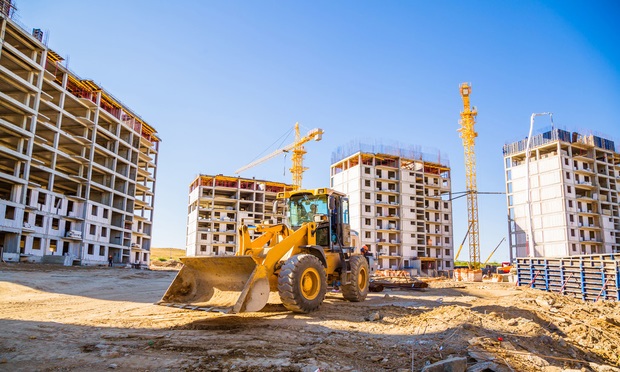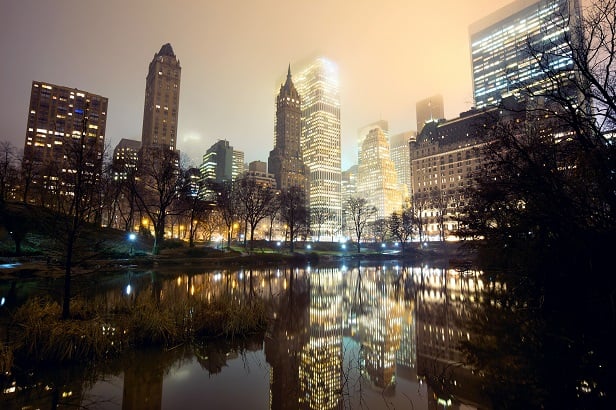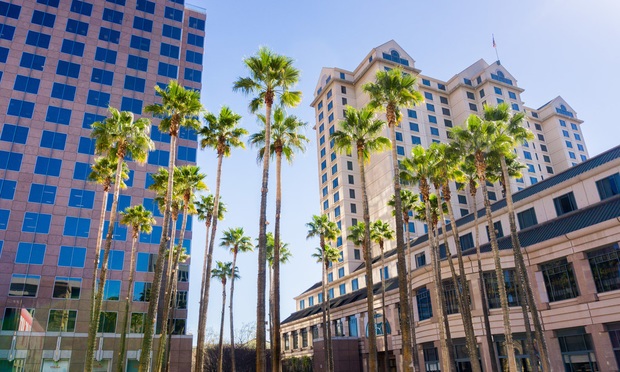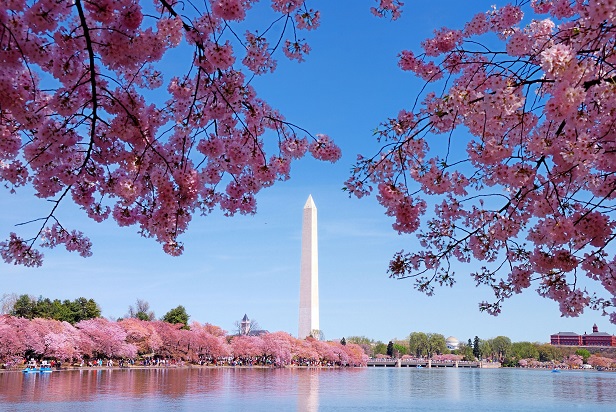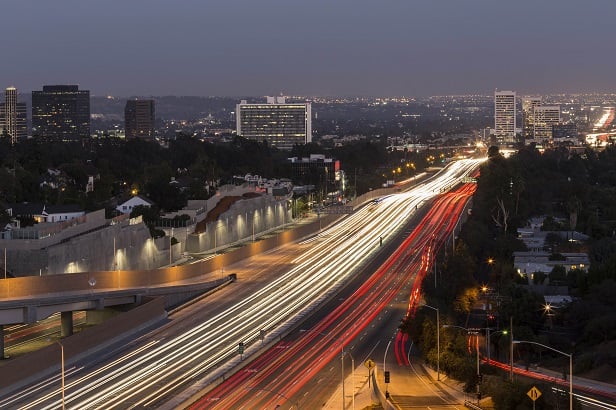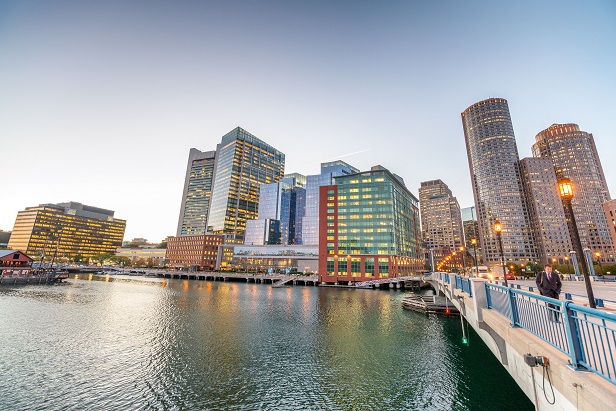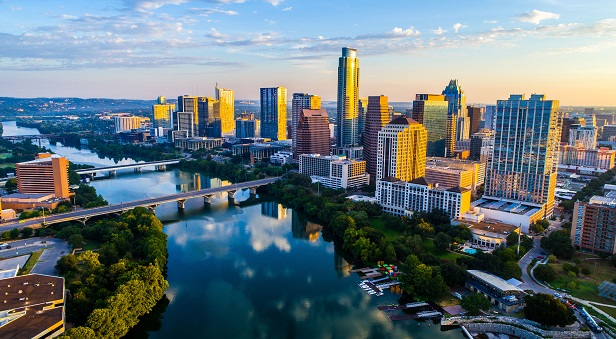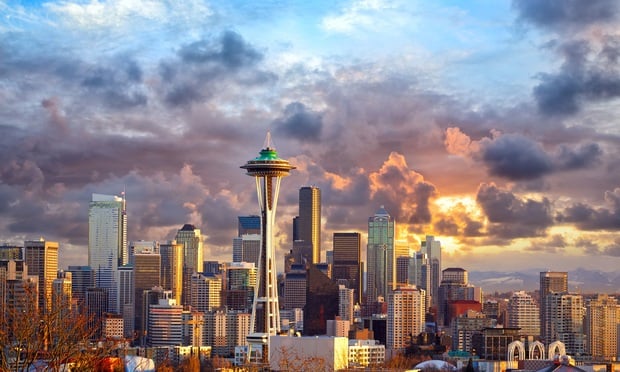Products You May Like
US office construction has kicked back into full gear after various markets reopen their economies, reports Julie Whelan, Americas Head of Occupier Research for CBRE. Indeed, May’s job report included a gain in construction employment of 464,000 jobs as building sites reopen. Many of those reactivated construction workers will go to job sites for the 78 million square feet of offices now under construction in the 10 busiest US markets.
But CBRE wonders: Should 78 million square feet of office construction be a concern at a time when many workers might opt to work remotely for at least part of their work week? The answer: Not really, and here’s why: Of the 4.5 billion square feet of office space in the US, an average of 68 million square feet becomes obsolete and gets bulldozed each year. Many new offices are built upon the sites of these demolished buildings, CBRE points out. This gradual upgrading and modernizing of the US office stock is a benefit for the 22 million office-using workers in the US, especially with wellness in the workplace now a chief focus.
But what of the decision by many companies to shift to a remote workforce, at least a partial one? And the emerging trend to locate in the suburbs, or establish a hub and spoke model of operations?
Whelan notes that more modern workplaces will facilitate new ways of working as companies increasingly shift to more of a hybrid workforce, which works from the office, home and other venues. “Within the fluid way of working, the office acts as the hub that connects widely distributed employees with their companies,” she says. “Companies that create the best environments to support a hybrid workforce and fluid way of working will have a competitive advantage in recruiting when the war for talent reignites.”
The slideshow above provides more details about construction in the top US markets.
